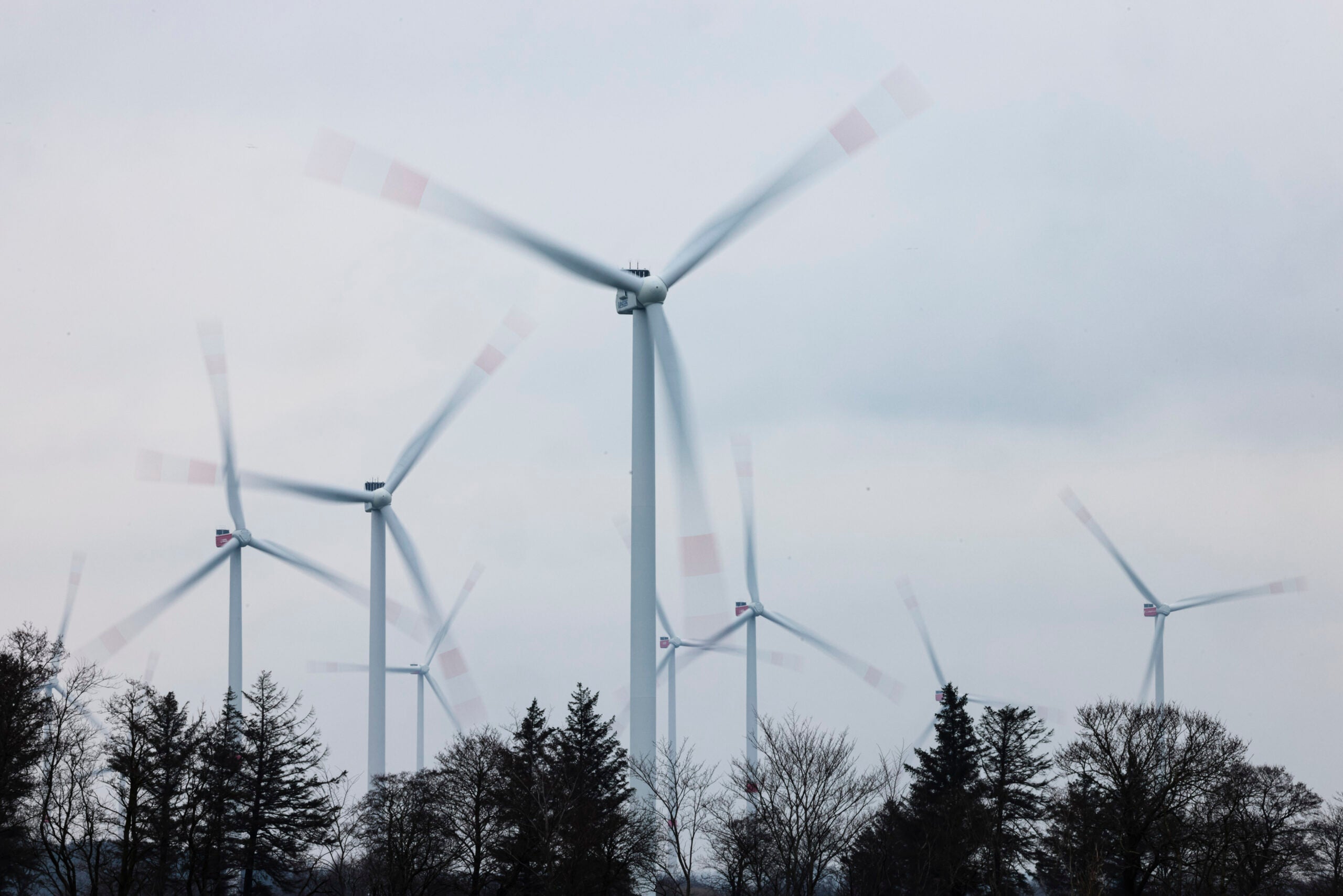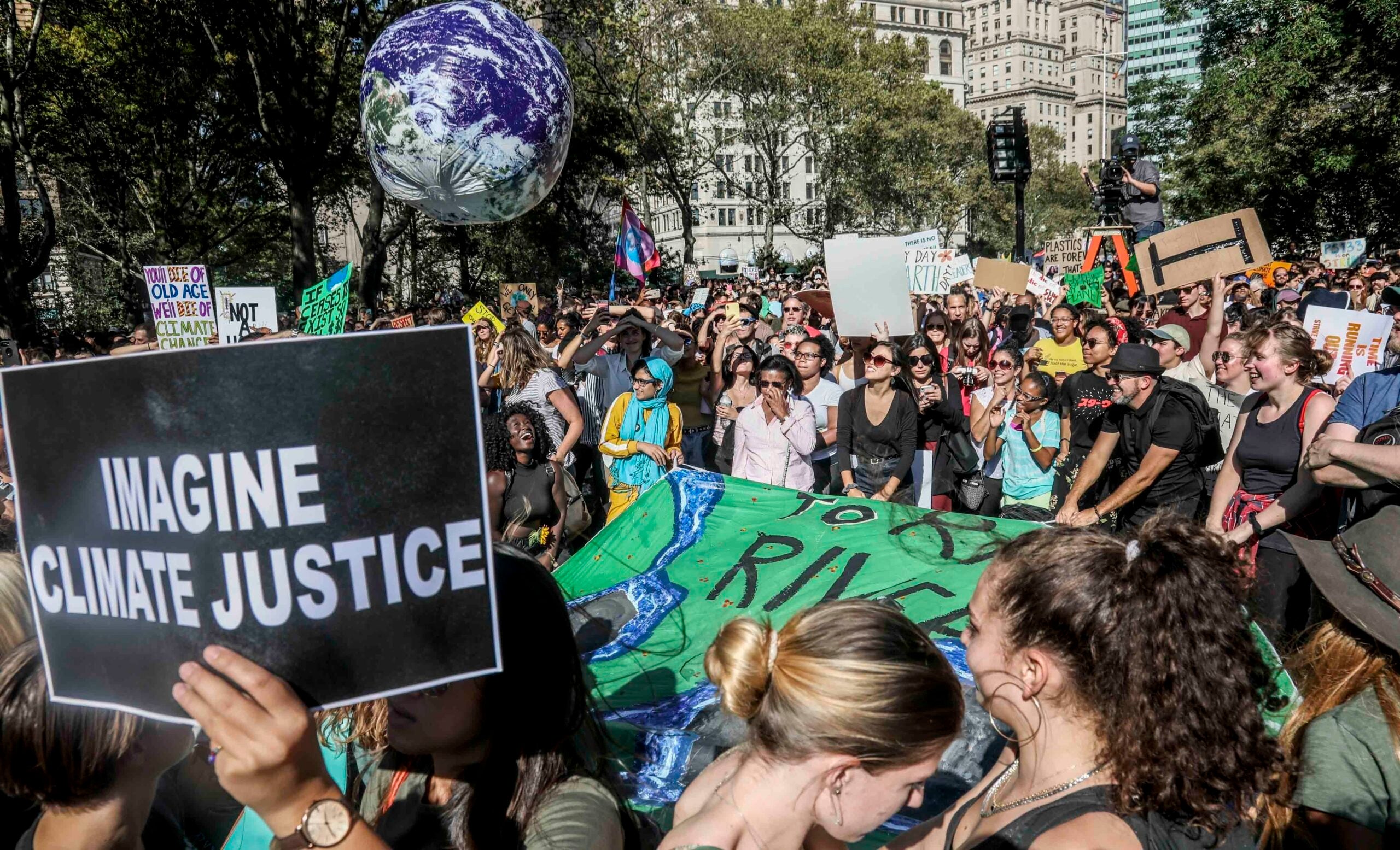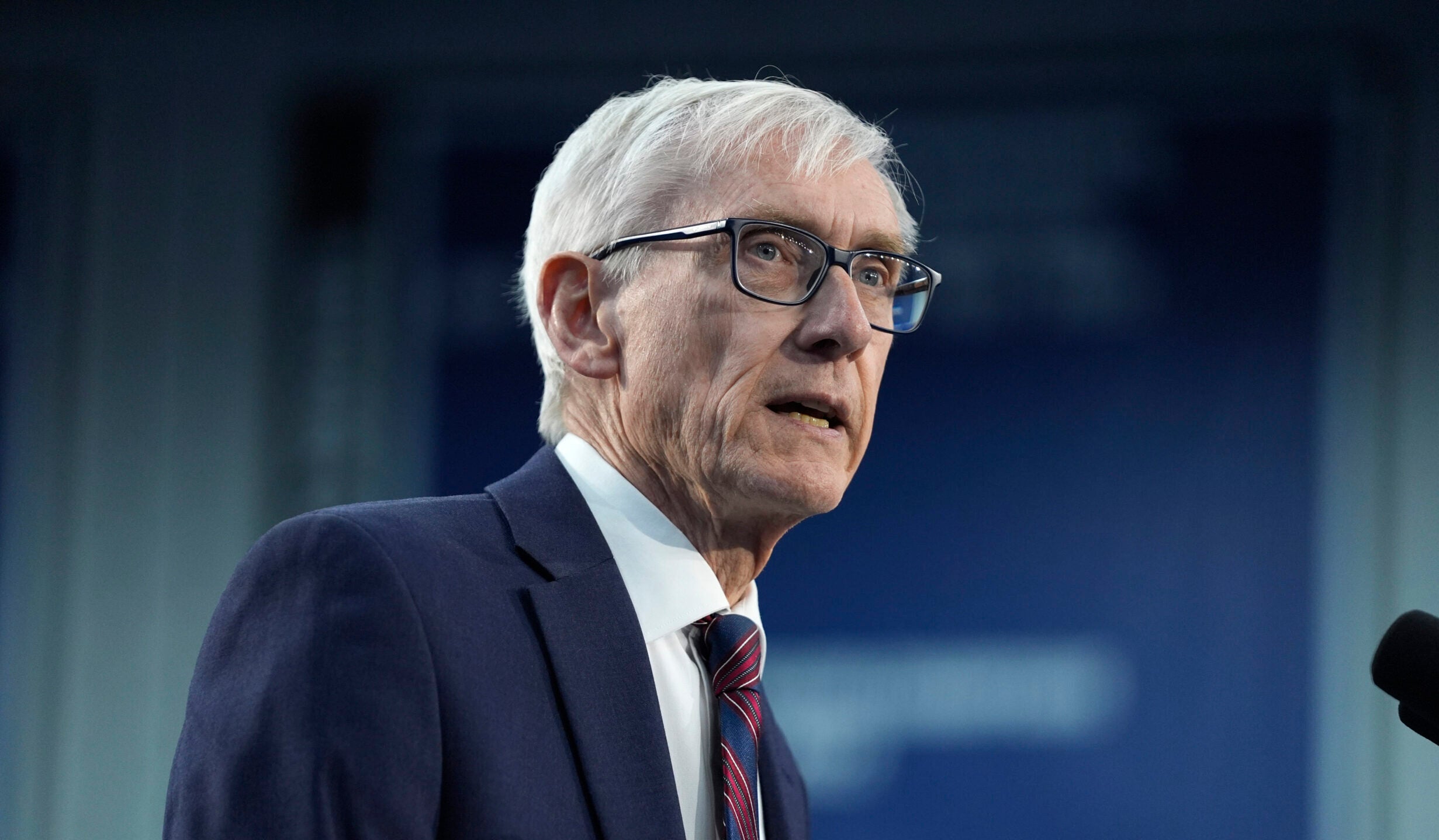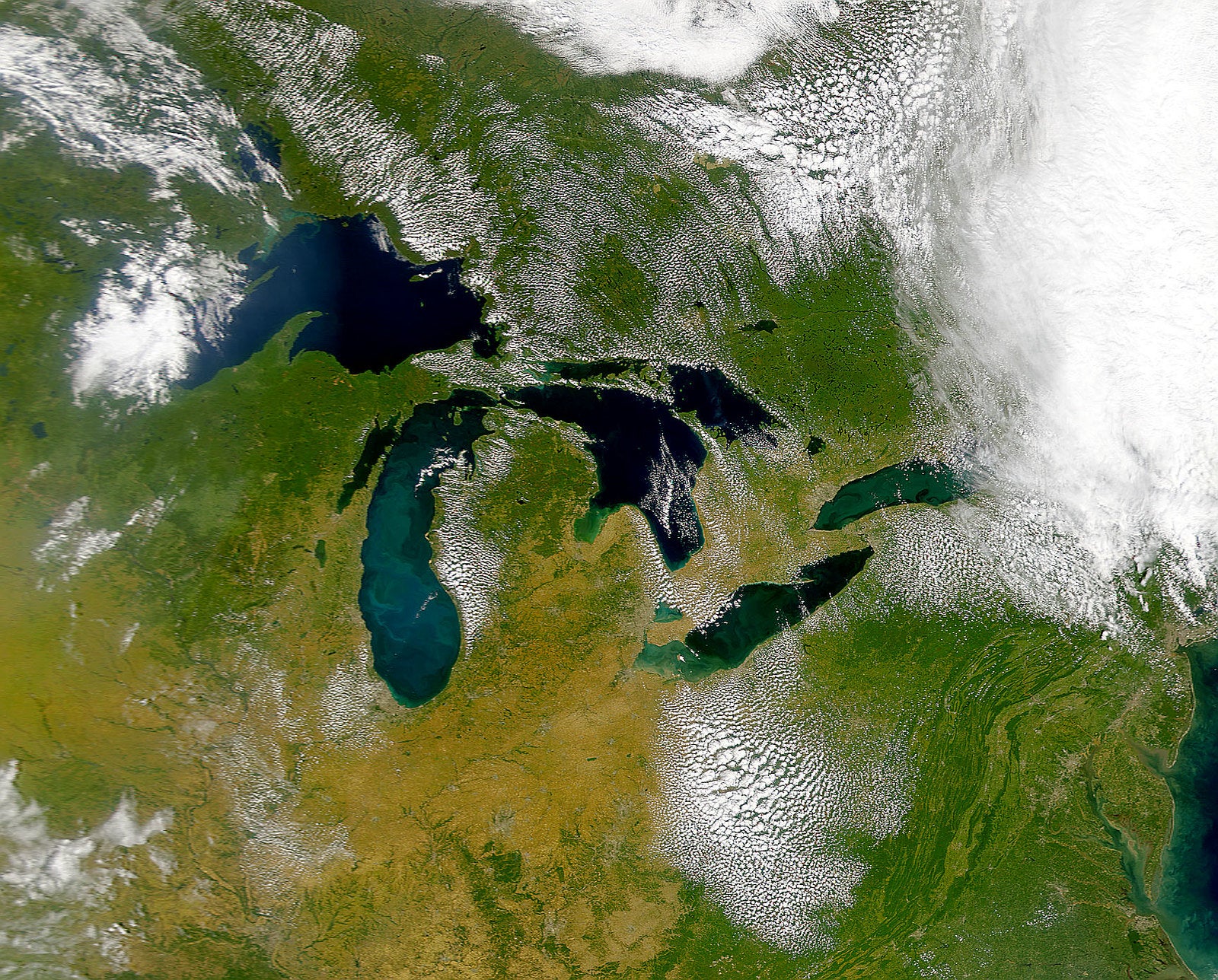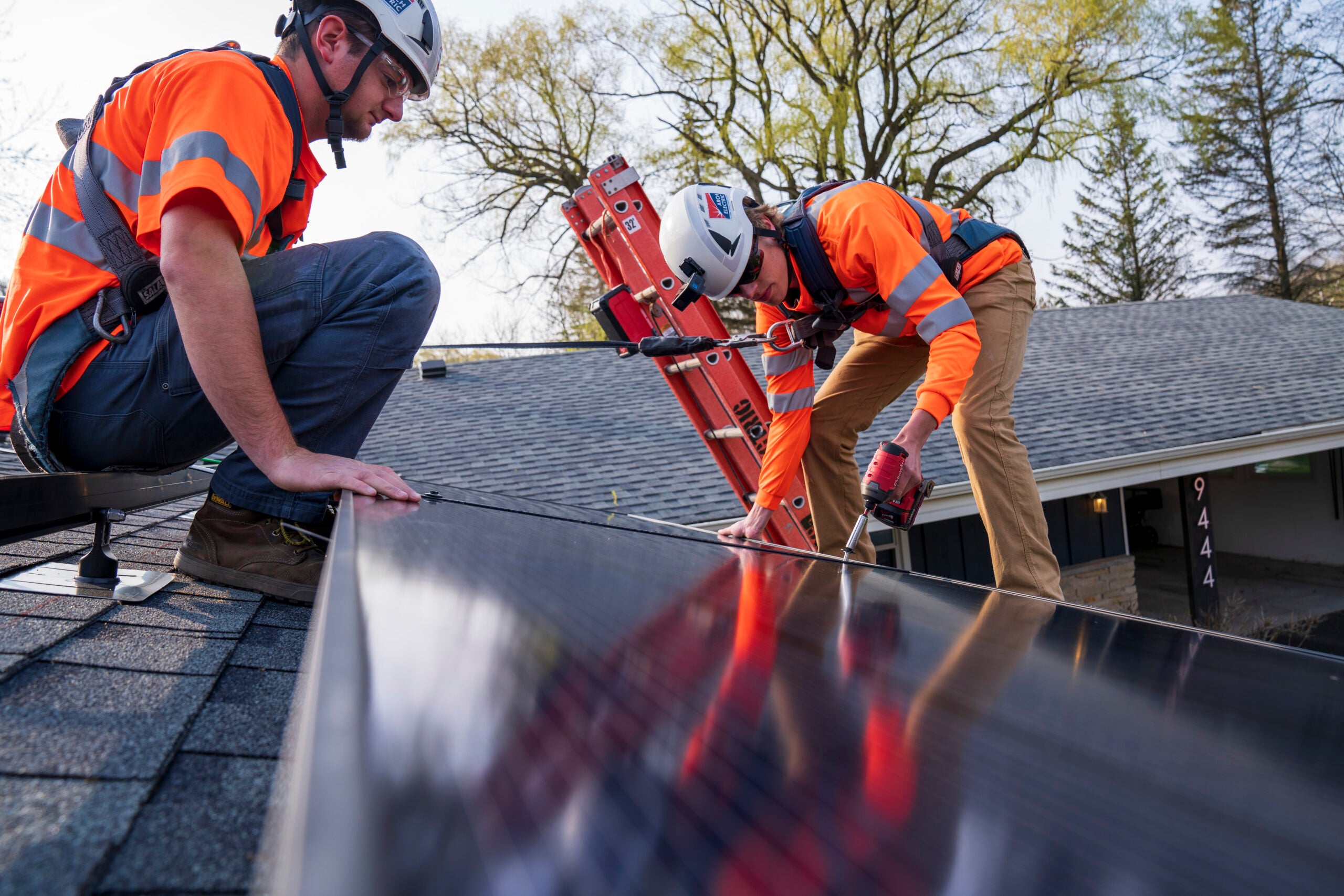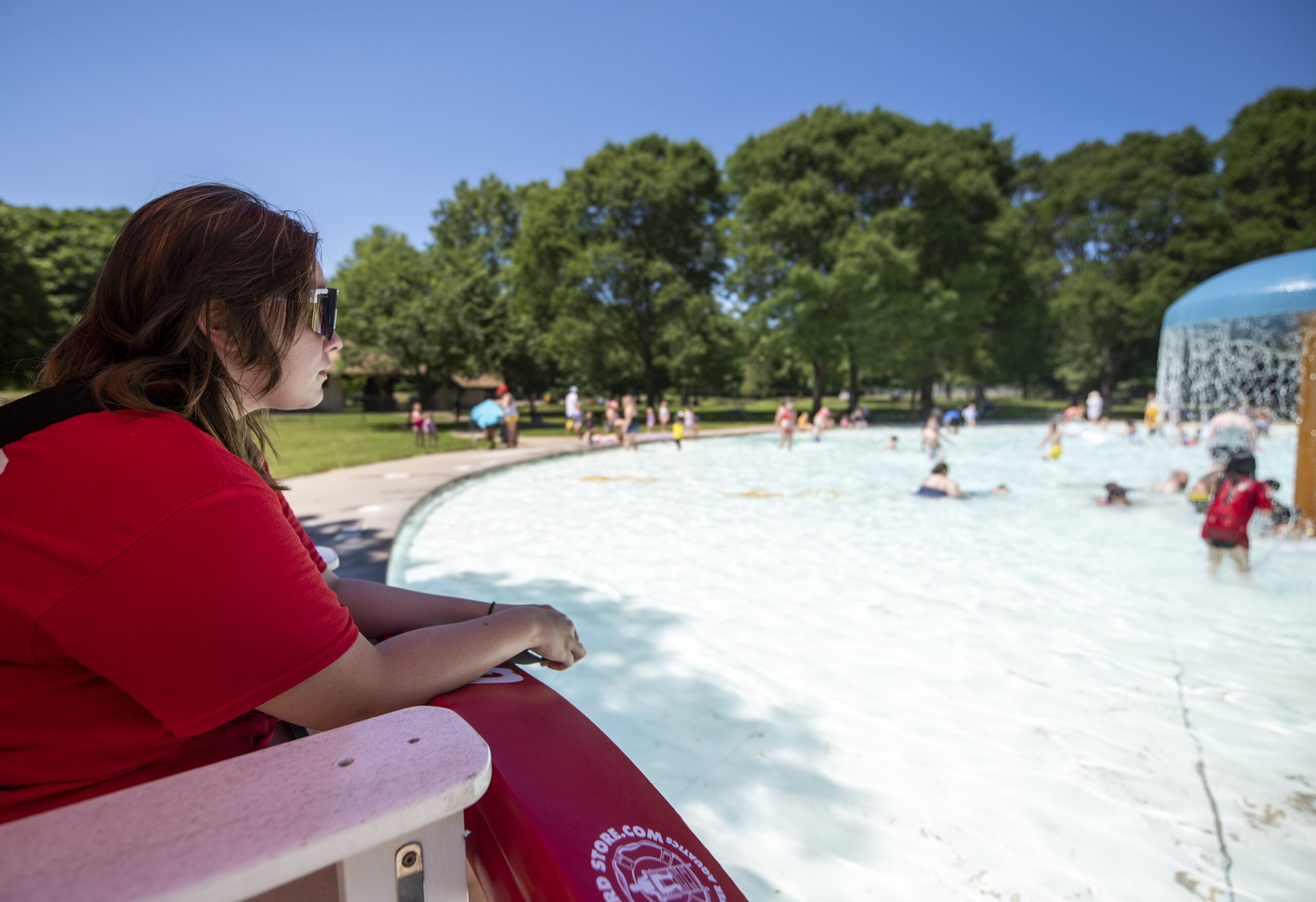In spite of the recent adoption of a Climate Action Plan by the City of La Crosse, environmental advocates continue to urge people to take individual steps to reduce climate change.
Tom Schlesinger is the executive director of Our Climate Alliance. He cites National Oceanic and Atmospheric Administration’s Billion-Dollar Weather and Climate Disasters data, which claims nearly 400 “weather and climate disasters since 1980 where overall damages/costs reached or exceeded $1 billion.”
But Schlesinger says tools already exist that could help reduce the impact of climate change around the world. He spoke with WPR’s Ezra Wall on “Morning Edition.”
News with a little more humanity
WPR’s “Wisconsin Today” newsletter keeps you connected to the state you love without feeling overwhelmed. No paywall. No agenda. No corporate filter.
This conversation has been edited for brevity and clarity.
Ezra Wall: The number of billion-dollar events has steadily risen since NOAA began tracking it in 1980. What is the most concerning aspect of that date to you?
Tom Schlesinger: If you’re a person that watches the nightly news, you see more big weather events, big hurricanes, big storms, big floods, big fires than there used to be. Well, NOAA — the National Oceanic and Atmospheric Administration — has actually tracked that and came out with a yearly graph. On the graph, you see a generally slow but steady increase year after year.
Then around 2000, it really began to take off and the curve became steeper and continues to grow steeper. In 1980, there were about three of those billion-dollar events. Last year, there were 28. As the Earth continues to warm, that number will continue to exponentially increase.
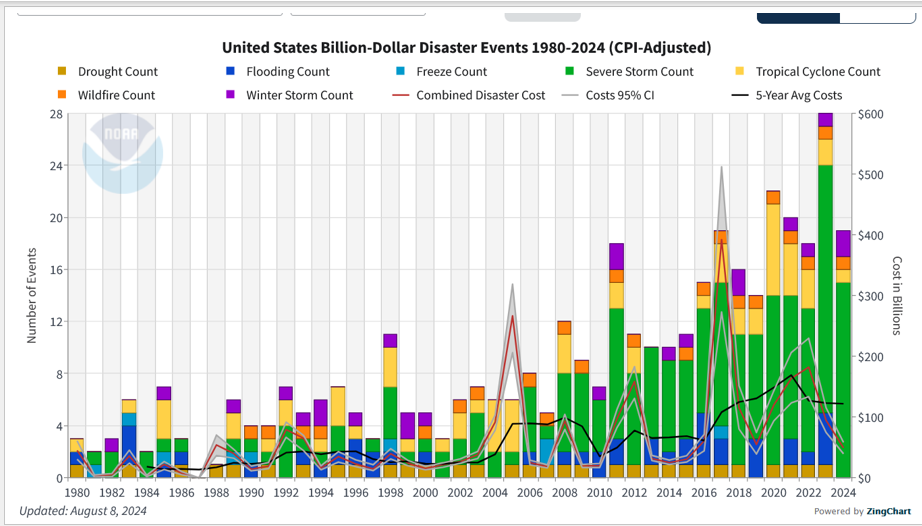
EW: Is that billion-dollar figure adjusted for inflation?
TS: If the numbers weren’t adjusted for inflation, it would be much less meaningful. But those numbers are adjusted for inflation. So $1 billion in 1980 is comparable to $1 billion today in the way they count it.
EW: But in spite of all that, you say it’s not all bad news about climate change.
TS: No, it’s not all bad news. We are making progress. So even though it can seem daunting and even depressing for some people — there’s a thing called climate anxiety — we’re making progress in key areas.
For example, a 2012 study projected a 4-degree Celsius increase in global temperature by the end of the 21st century. A separate study from 2023 projects an increase of 3 C over the same period. But 3 degrees of warming is still too much and catastrophic.
Also, we’re making good progress in the deployment of renewable energy, and solar and wind are now our cheapest forms of energy, beating out coal and oil and natural gas and nuclear. That’s why you see more and more businesses putting solar on and more and more utilities building out their solar and wind capacity. So that’s fantastic news.
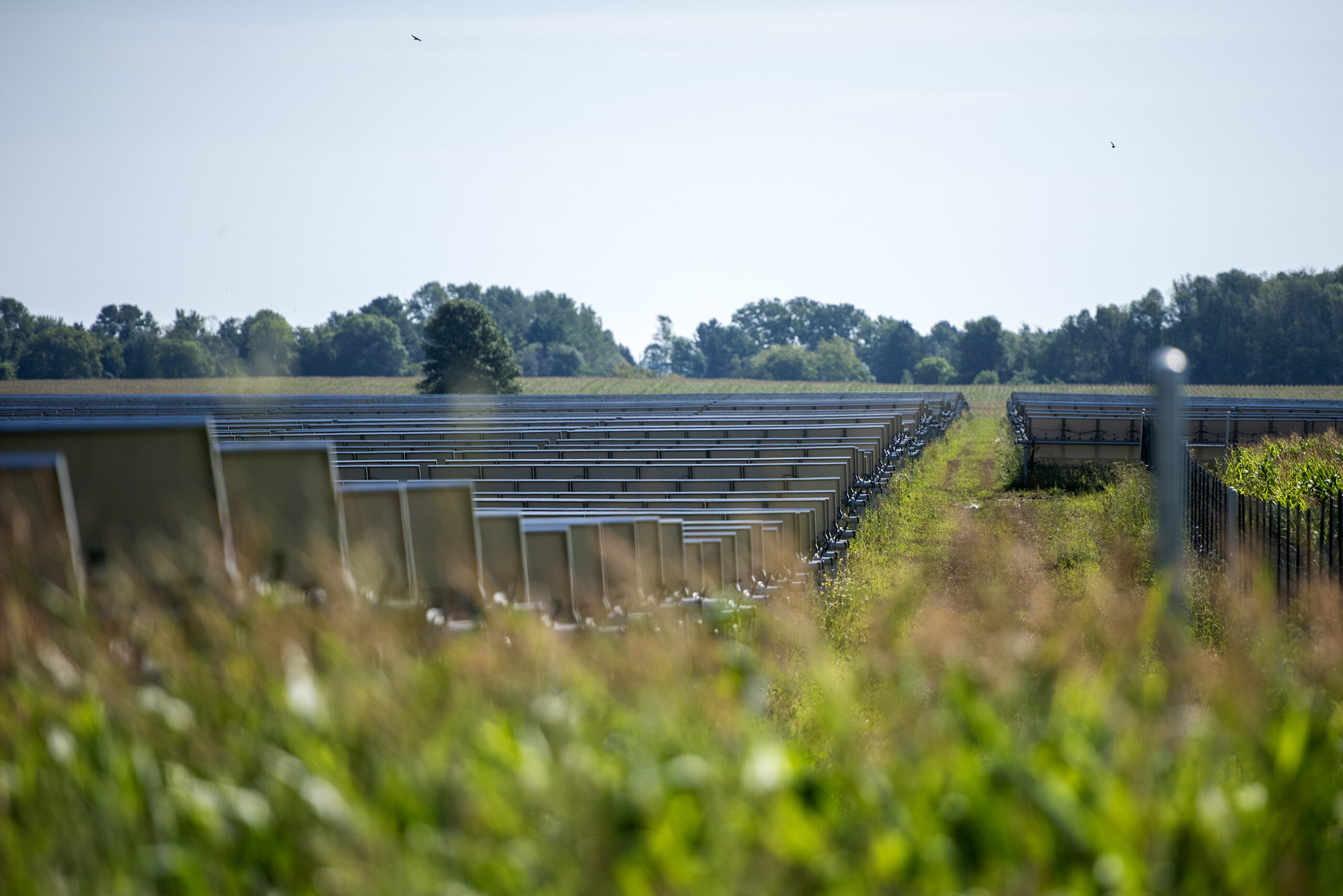
More and more people are installing heat pumps in their homes. Heat pumps work in Wisconsin. You need some auxiliary heat source for those frigid days, but they do work in Wisconsin, and they’re cheaper to operate than most furnaces.
EW: Can anyone put a heat pump in their home?
TS: Yes, you can put a heat pump in and one heat pump replaces both your furnace and your air conditioner. A heat pump does not create heat like a furnace does. It moves heat around more like an air conditioner would, or your refrigerator. And in the winter time, it moves the warm air that is outside. Surprisingly, there really is some warmth always in the air. The heat pump moves that inside. When the temperature drops below 10 or 15 degrees Fahrenheit, you probably need some kind of auxiliary source, but every year heat pumps are getting better and there are some heat pumps in some countries that actually work below zero at this point. We just don’t have them yet here.
EW: Your website has a new address. What resources are available there?
TS: The website reflects our new name: OurClimateAlliance.org. It has a list of the 10 most important things you can do as an individual to fight climate change. We also have toolkits for small business and for nonprofits. They’re free and they walk you through what you as a small business or organization can do with minimal investment or what’s the best payback for you. There’s also a place to request a speaker to present at your local event.
If there’s something in southwestern Wisconsin you’d like to hear us talk about on “Morning Edition,” email: southwest@wpr.org.

